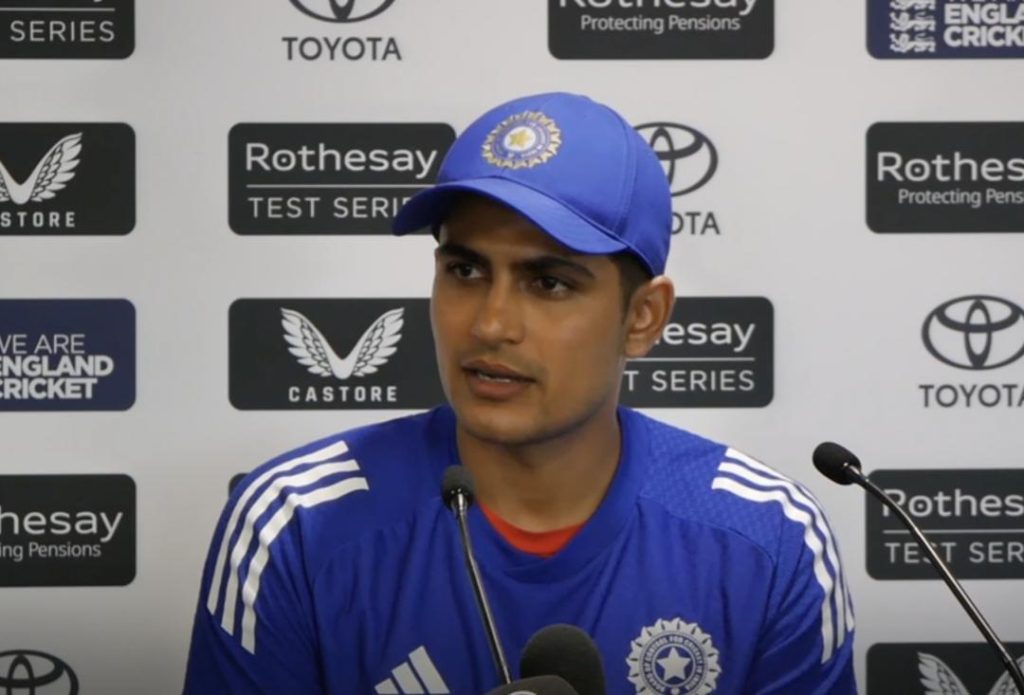
The Game Loses its Essence: Gill on Flat Pitches & Dukes Ball
The ongoing Test series between England and India has been a closely watched affair, with the visitors currently trailing 1-0. However, beyond the on-field action, Test captain Shubman Gill has voiced a concern that has been simmering in the cricket world for some time now. In an interview, Gill spoke about how the combination of flat pitches and the Dukes ball is making the game increasingly difficult for bowlers.
The Dukes ball, used in Test matches in England and Wales, is known for its swing and seam movement. However, Gill’s point is that with the pitches being so flat, the bowlers are unable to use these attributes to their fullest potential. Instead, they are forced to spend most of their time on the defensive, trying to prevent runs from being scored.
Gill’s comments are a reflection of the growing concern among bowlers and cricket enthusiasts alike about the state of pitch preparation in international cricket. The rise of flat pitches has led to a decrease in the number of wickets falling, making the game more predictable and less exciting.
In his interview, Gill stated, “If you know there [are] only 20 overs of any help and then you have to spend the rest of the day on the defensive, thinking how to stop runs, then the game loses its essence.” This sentiment is echoed by many who believe that the current state of pitch preparation is taking away from the excitement and unpredictability of the game.
One of the main reasons for the proliferation of flat pitches is the emphasis on batsman-friendly surfaces. In recent years, there has been a trend towards creating pitches that are conducive to batting, with the aim of producing high-scoring matches and entertaining cricket. While this approach has led to some thrilling games, it has also resulted in pitches that are less challenging for bowlers.
The Dukes ball, which is designed to swing and seam, is another factor that contributes to the problem. While the ball is still relatively new to international cricket, it is clear that it is not getting the same amount of help from the pitches as it would in English conditions. This is because the Dukes ball is designed to swing and seam in the second half of its life, whereas the pitches in the current series are so flat that the ball is not getting the same amount of movement.
Another issue that has been raised is the lack of variety in the pitches. In the past, Test matches were played on a wide range of surfaces, from green and seaming pitches to dry and dusty ones. This variety made the game more challenging and unpredictable, as bowlers had to adapt to different conditions. However, with the emphasis on batsman-friendly surfaces, the variety of pitches has decreased, making the game less exciting.
The issue of flat pitches is not limited to international cricket. Domestic cricket, too, has seen a rise in the number of flat pitches. This has led to a decrease in the number of wickets falling, making the game more predictable and less exciting.
In conclusion, Shubman Gill’s comments highlight a growing concern among bowlers and cricket enthusiasts about the state of pitch preparation in international cricket. The combination of flat pitches and the Dukes ball is making the game increasingly difficult for bowlers, taking away from the excitement and unpredictability of the game. It is essential that pitch curators and cricket administrators take note of Gill’s concerns and work towards creating surfaces that challenge bowlers and provide a more exciting game for fans.






